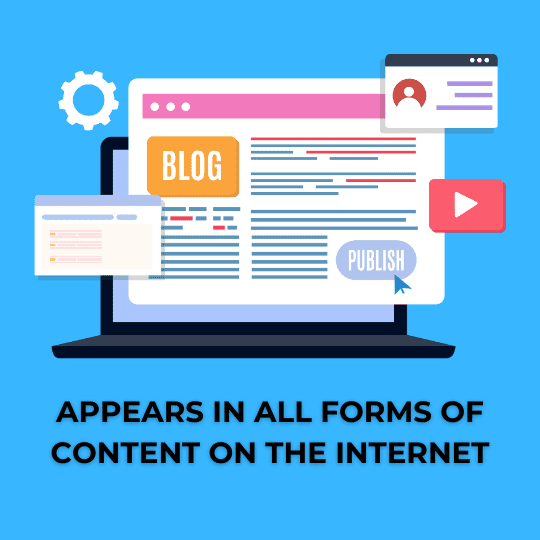Table of Contents
What is native advertising ?
Native advertising is also a form of paid advertising which tends to appear as organic content (free) in websites like news channels and magazines. Unlike traditional display ads that standout and disrupt the user’s attention, native banners blend in with the surrounding content, creating a more organic and less intrusive advertising approach.
For example, if you’re reading an article on a news website or scrolling through a magazine online, you might come across a section that looks just like another article, but it’s actually an ad. Unlike flashy banner ads or pop-ups, native ads blend in with the style and format of the site, making them feel more natural. They don’t interrupt your reading or browsing experience but instead, they look and feel like part of the content you’re already interested in.
What Are Native Ads?
Native advertising is a form of paid media that mirrors the form and function of the platform on which it appears. It feels and looks like the natural content surrounding it. For example, if you’re scrolling through a news article and spot a “recommended” or “sponsored” article that matches the style of the website, that’s likely a native ad. The key difference between native ads and traditional ads is that native ads don’t scream, “Hey, I’m an ad!” Instead, they’re designed to offer value to the reader in a way that feels natural and fits in with the platform’s organic content.
How Do Native Ads Work?
- In-Feed Ads: Ads placed within social media or content feeds, like sponsored posts on Facebook or Instagram that match the user’s regular content.
- Sponsored Articles: Advertorials that look like regular news or blog posts but are actually paid for by a brand, aiming to educate or engage users without the hard-sell approach.
- Recommended Content: You’ve probably seen sections like “You may also like…” or “Recommended for you” at the bottom of articles. These suggestions are often native ads that lead to paid content.

Why Choose Native Advertising?
Native advertising is appealing for several reasons:
- Less Intrusive: Native ads don’t disrupt the user experience. Since they blend in with the content the user is already consuming, they feel more organic.
- Higher Engagement: Because native ads fit in with the surrounding content, they often lead to better engagement rates compared to banner or display ads.
- More Trustworthy: Consumers tend to trust native ads more than traditional ads because they’re informative and relevant to what they’re already interested in.
Native Advertising vs. Traditional Ads
Traditional ads—think banner ads, pop-ups, or video ads—are designed to catch attention quickly, but they can sometimes annoy users by interrupting their experience. Native ads, on the other hand, are designed to match the format of the platform and appear more like content the user is already engaging with. This non-invasive approach makes native ads feel more genuine, leading to higher acceptance from users.
Best Practices for Native Advertising
To make native advertising effective, it’s important to keep the following in mind:
- Ensure Relevance: Native ads should always provide value and be relevant to the audience and the content they’re consuming.
- Maintain Transparency: It’s essential to label native ads clearly as “sponsored” or “promoted” content. This helps maintain trust and keeps the relationship with users transparent.
- Focus on Quality Content: Native ads should offer value beyond just promoting a product. They should educate, entertain, or inform in a way that resonates with the audience.
Conclusion
Native advertising is an excellent way to engage your audience without overwhelming them with disruptive ads. By blending seamlessly into the platform and providing valuable, relevant content, native ads offer a more engaging and less intrusive alternative to traditional forms of advertising. As more brands turn to native ads, it’s clear they are becoming a vital tool in the modern marketer’s toolkit.
